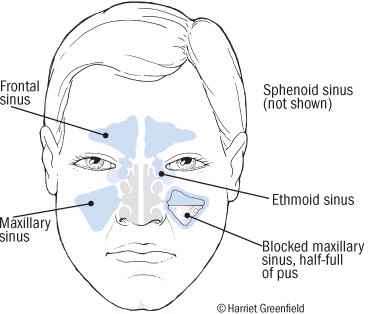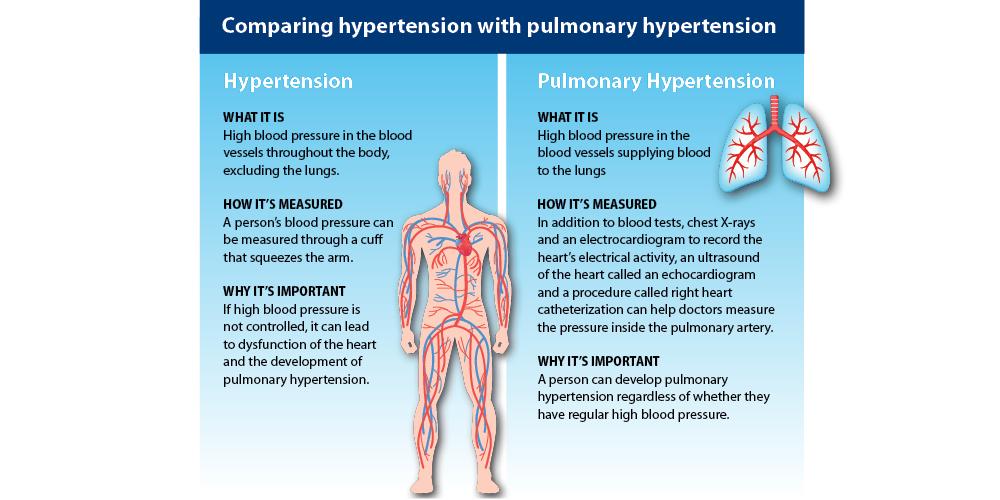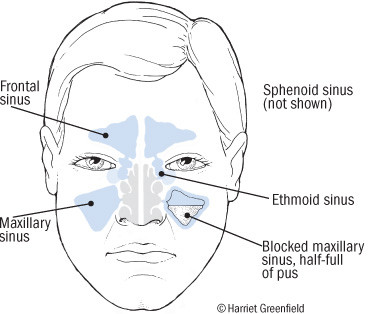Sinusitis, also known as rhinosinusitis, is an inflammation of the mucous membranes lining the sinuses. This condition can lead to a range of uncomfortable symptoms including thick nasal mucus, a plugged nose, and facial pain. Additional signs of sinusitis may encompass fever, headaches, a reduced sense of smell, sore throat, and the sensation of phlegm draining. It’s important to address these symptoms effectively to ensure comfort and health.

One recommended approach to alleviate sinusitis symptoms is the use of a saline (salt water) nasal spray. This can help loosen mucus and rinse your sinuses, providing relief. However, the use of antihistamines should be considered carefully. While effective for allergies and colds, they can make mucus thick and hard to drain, which can exacerbate sinusitis symptoms. Applying a warm compress to your face may also soothe sinus pain.
Sinus blockage, a common symptom of sinusitis, can arise from various factors, including environmental, anatomical, and genetic causes. The main culprit is often the swelling of nasal passages caused by the common cold or allergies. More serious cases of sinusitis can result from structural problems like a deviated septum, which is a misalignment in the partition separating the right and left nasal cavities.
Harvard Health offers insights into the treatment of sinusitis. If antibiotics are not effective, sinus surgery might be considered to correct the problem. Allergic disease can also contribute to sinusitis due to the swelling of nasal tissue and increased mucus production.
For more comprehensive information on sinusitis, including symptoms, causes, and treatment options, visit the Wikipedia page dedicated to this condition.


